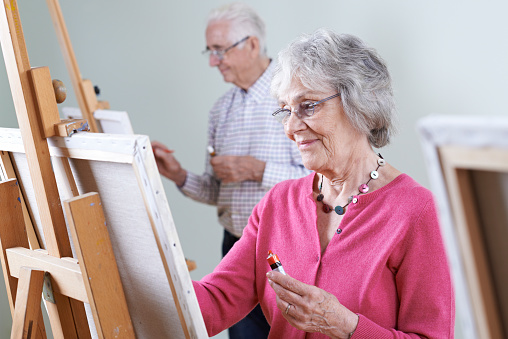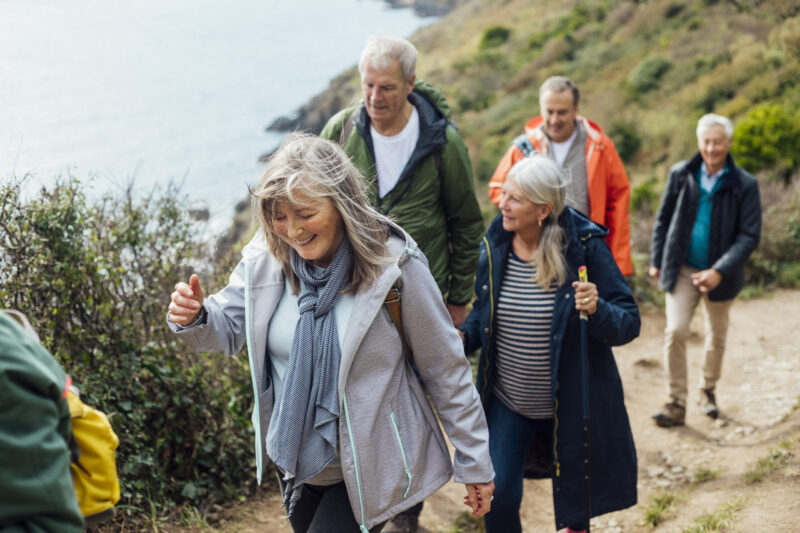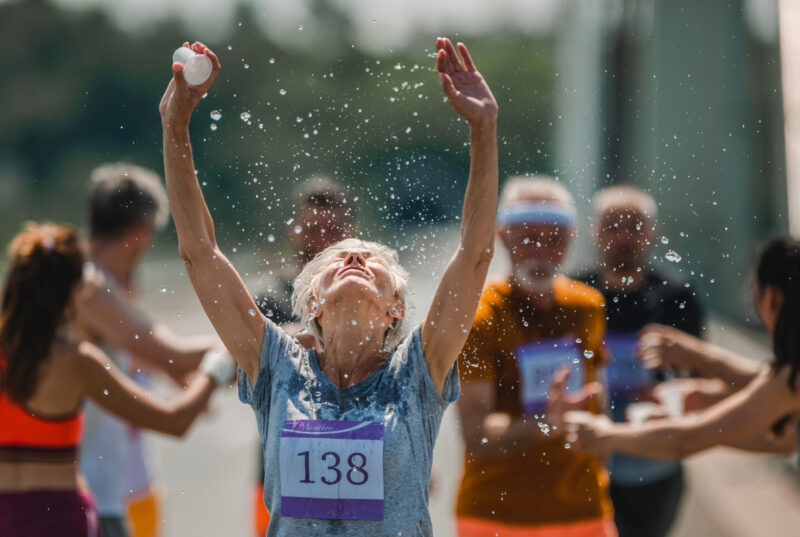When Samir Saad, 67, retired from his early education job at Head Start two years ago, he felt isolated and unfulfilled.
Last year, a friend told him about Stagebridge, an Oakland, CA, non-profit that offers 30 creative arts classes to adults age 55+. Courses range from play writing and acting to storytelling (with performances in the public schools), singing, dance and improvisation.
In 2016, with no prior experience, Saad signed up for playwriting and storytelling. “It gets all my creative juices flowing!” he says. Saad continues to hone these skills with weekly assignments. “I love every minute of it!”
“I realized there is life after 65 and I can do great things!” he muses. Apparently so do the 650 adult students who take classes at Stagebridge annually; demand is so high that there’s a summer performing arts camp.
Introducing Creative Aging
Stagebridge is part of a movement called “creative aging.” “It is about ongoing growth in which certain strengths emerge because of aging, not in spite of it,” says Dr. Marc Agronin, a geriatrician and vice president of behavioral health and clinical research at Miami Jewish Health Systems.
“Aging is not all about loss and decline,” he says. “It’s developing unique strengths, many of which are artistic, that bring a sense of meaning, purpose and joy. It not only enables us to feel better psychologically but also has a direct impact on how we age physically.”
Dr. Agronin, author of the newly released The End of Old Age, says studies show people with a sense of purpose have fewer heart attacks and strokes, less risk of Alzheimer’s, and tend to live longer. A new study reports a link between purpose and retaining a strong hand grip as well as walking speed, which are indicators of how quickly people age.
Healthy aging includes the creative arts. Typically, professional songwriters, playwrights, artists or actors teach older adults in the community or in long term care. The concept signals a shift from passive appreciation (sitting quietly in the audience and being entertained) to hands-on participation (performing, for instance).
Building Community Through the Arts
The creative arts serve many roles. Older adults are meeting new people at a life stage where those opportunities shrink. It also makes them feel valued and gives them a sense of belonging.
Talk about an antidote to loneliness! Social isolation is a full-blown health issue. In fact, a new study finds that older adults who are socially isolated cost Medicare nearly $6.7 billion more annually.
In California, a unique housing model is gaining ground for “artsy” older adults. (Two are near Los Angeles, the third is in Long Beach.) Residents might be retired or aspiring movie actors, painters, directors or writers, among other creative types.
A few years ago, when Ethel Gross, 87, moved into Long Beach Senior Arts Colony, she had never picked up a paintbrush. She’s gotten so good taking classes that today her work is exhibited in art shows.
Fellow resident and neighbor Barbara Fay, 77, has a background in acting and has taught writing. She moved into the affordable housing rental community when it first opened five years ago. Now she directs, casts and produces plays at the colony and is a columnist for their monthly newsletter.
“You can always move into senior housing but it’s the people here who make it the marvelous place that it is,” says Fay. Those people are not just local, but hail from other countries and states, too.
Other Ways to Express Yourself
There are many ways to find fulfillment as we age. Consider these two:
1. Lifelong learning: Judy Phillips, 73, moved from Boston, MA, to Lebanon, NH, because she “wanted to be surrounded by culture and countryside.” It’s no accident that she lives five miles from Dartmouth College where she attends art shows as well as music and theatre performances.
The Osher Lifelong Learning Institute on the Dartmouth campus is another resource. So far, Phillips has taken 10 courses at Osher. “All this stimulation keeps my brain ticking,” says Phillips. “There’s much more than I can even begin to do!”
Some older people want the learning component but prefer to live where there are different levels of care, should they need it. There are more than a dozen or so “university-based retirement communities” on or near college campuses (i.e. Oberlin, Cornell, Amherst, Pennsylvania State, Stanford, University of Florida and Notre Dame).
2. Dance and expression, no matter your ability. “Everyone can dance,” says Maria Genne, the founder of Kairos, Alive!, a Minneapolis-based participatory arts program. When she and other professional artists (mostly dancers and musicians) go into senior or community centers, or long-term care settings, they get everyone moving, including those in wheelchairs and walkers.
On Thursdays, Sol Moran, 64, attends Kairos Alive! at her neighborhood center. “It’s medicine for the soul,” says Moran. “There is energy, positivity and smiles. I drop my cane!
“They grab us and dance with us and we dance with each other. We could be having hardships, problems and ailments, but when Kairos Alive! walks through the door, we forget about them. This is healing!” It’s also good for memory (they’re taught to follow steps) and balance.
Genne’s program is being replicated in other states, Pennsylvania to New York, Wisconsin, Ohio and Arizona.
Creative aging is, no doubt, changing how we look at, and engage in, later life—and how others see us. As Genne puts it, “People need to be creatively engaged. They need to feel like they matter.” That’s never been more true as we grow older.







Very interesting
We’re glad you thought so, Jasmin! Thanks for leaving a comment.
I live in Austin,TX where are places to paint for fun and dancing during the day?
Free classes wow (nice) at least “senior discount, lol !”
Linda Rivera
Is there one in Pittsburgh Pennsylvania